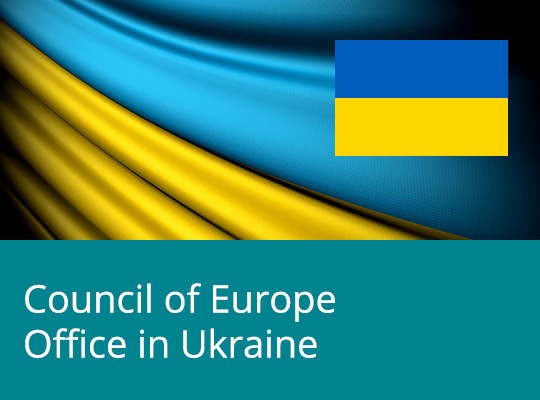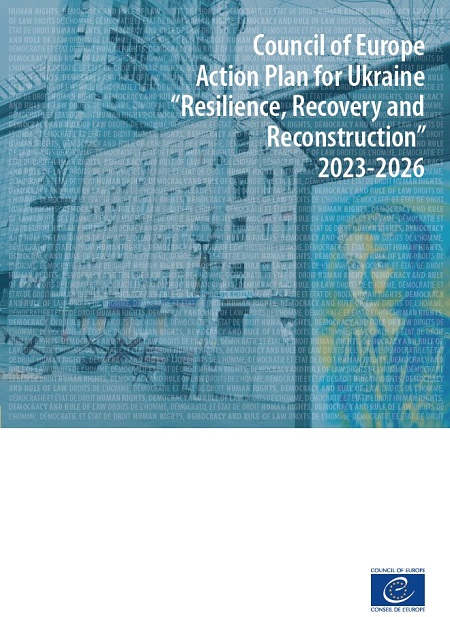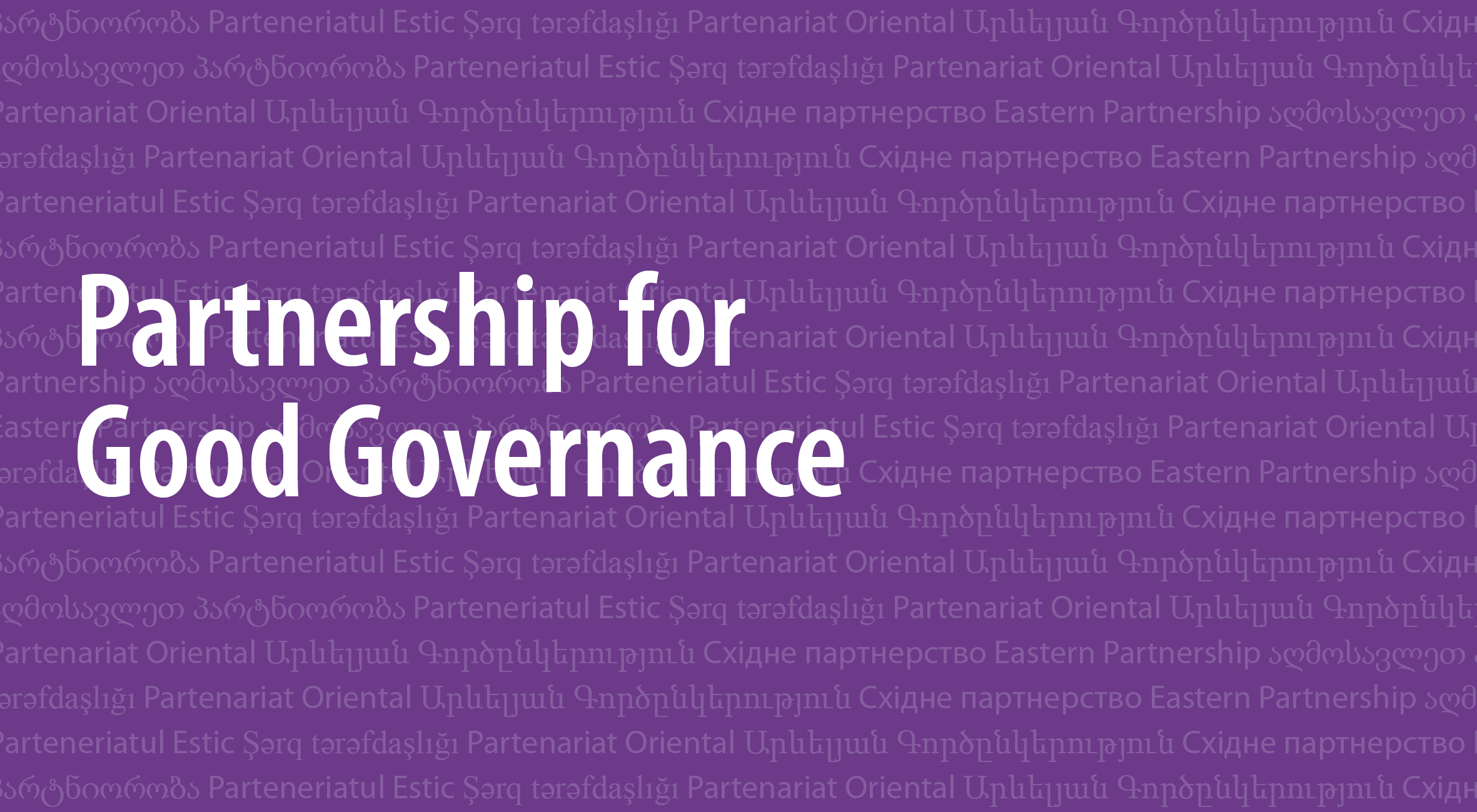The financial situation of many local print media in Ukraine is difficult, so it is necessary to study the experience of other European countries and the standards of the Council of Europe on state support for such media.
Marius Dragomir, consultant of the Joint Project “EU and Council of Europe working together to support freedom of media in Ukraine”, in his recently published report “State financial support for print media: Council of Europe standards and European practices” concluded that out of four main types of funding models for local print media that exist in Europe (direct subsidies, tax advantages, state advertising, project-based support schemes), the two most appropriate for Ukraine are the project-based support mechanism and the direct state subsidy fund.
Project-based support mechanism is funding that covers specific needs of print media outlets, i.e. training and skills development, upgrade of technology or facilities, or restructuring processes. This model would be preferable as it would also require the participation of media outlets, encouraging them to design their own operational and business models that secure both their financial sustainability and editorial independence. For example the Netherlands and Belgium have such experience.
“In the Ukrainian context, such a funding scheme should provide sufficient financing to cover the needs of all local print media that offer quality content. The fund should be designed to cover a longer period of time to ensure predictability and allow media outlets to plan for a longer term,” explains Marius Dragomir in the report.
Alternatively, a state subsidy system in the form of a media support fund would help local print media in Ukraine to build resilience and produce quality content for local audiences.
“For such a system to work, it should be designed to offer both basic financial support to all local print media as well as larger financial grants to media outlets that offer or strive to offer high quality content or that prove to have a solid vision about how to improve their operations,” states Marius Dragomir in the report.
Direct subsidies in the print media sector are relatively rare in Europe. However, Austria, Finland, France, and Sweden have such experience.
A third option would be a combination of the direct subsidy model and the project-based model, or provide tax exemptions for media. If the funding helps media outlets to improve their financial sustainability, in some period of time, the subsidy model can be gradually phased out.
The expert mentions whatever form of public funding assistance is implemented, it is vital to ensure independence of media. The Council of Europe also emphasizes this in the recommendations. Thus, state funding should be based on a few key principles: transparency; funding schemes have to be designed based on clear criteria; state financing should respond to both economic and socio-cultural as well as democratic needs; state financing schemes for the media should be designed as a supplementing and corrective measure rather than as a dominant funding model.
High-quality and independent local media are the key to protecting the national information space, developing media literacy, meeting the information and cultural needs of local communities, developing pluralism in covering both national processes and the lives of local communities.
To remind, the 2015 Law on Reforming State and Municipal Print Media created the basis for the privatization of the local press, a process that began in January 2016. As a result, a total of 615 publications were reformed, which is about 96% of the total number of state and municipal media that were actually published at the end of 2018.
Background information:
The project «EU and Council of Europe working together to support freedom of media in Ukraine», funded by the EU and CoE, aims to enhance the role of media, its freedom and safety.
Follow the news of the project on Facebook https://www.facebook.com/CoEUPSIS/






